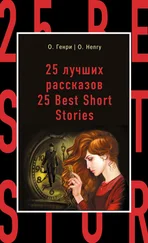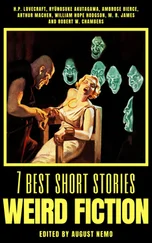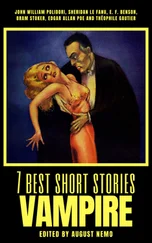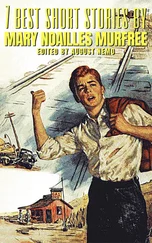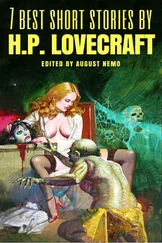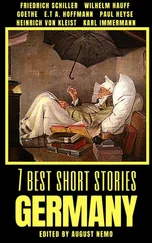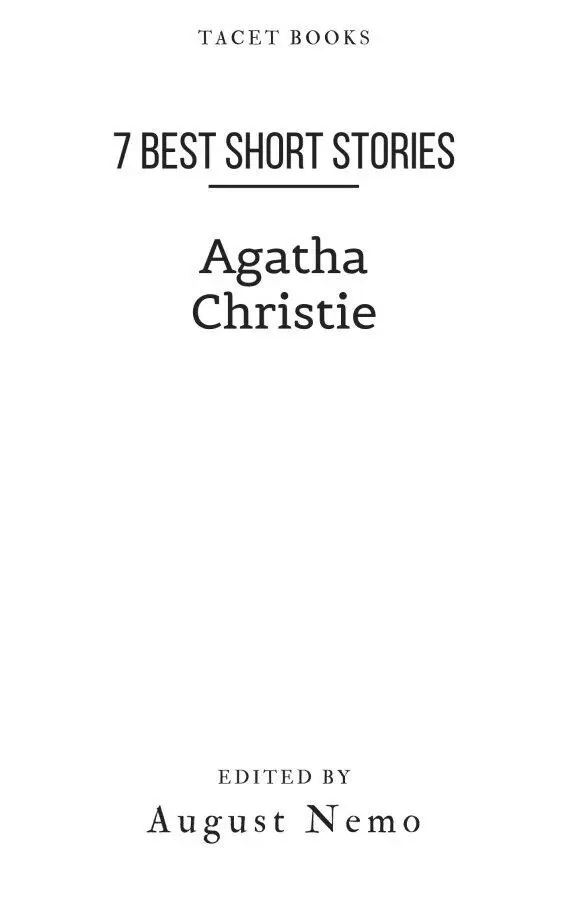
Title Page
Introduction
The Adventure of “The Western Star”
The Tragedy at Marsdon Manor
The Adventure of the Cheap Flat
The Mystery of Hunter’s Lodge
The Million Dollar Bond Robbery
The Adventure of the Egyptian Tomb
The Kidnapped Prime Minister
About the Publisher


"For some years I enjoyed myself very much writing stories of unrelieved gloom... Then I thought it would be fun to try and write a detective story."
Agatha Mary Clarissa Miller was born in Torquay, Devonshire County, England on September 15, 1890. Daughter of a typically Victorian couple, even though her father, Frederick Miller, American, was raised in the best European tradition. Her parents did everything they could to make her pursue a career as a lyric singer or pianist. But Agatha Christie preferred to spend her time writing poems and short stories.
She was brought up at home, where she studied piano and singing, until she married Colonel Archibald Christie in 1914, whose surname she would adopt until the end of her life. When World War I begins, she enlists as a volunteer in the Red Cross Army. Acting as a nurse in England, she accepts a challenge from her sister: to write a police story in which the reader could not discover the identity of the killer before the end of the story. The Mysterious Case of Styles, which had as protagonist a Belgian named Hercule Poirot, inspired by the various Belgian politicians who took refuge in England at that time, was born. Hercule Poirot would still be the protagonist of a series of other books, becoming one of the greatest detectives ever created. But it was only in 1926 that she was able to attract public attention with The Murder of Roger Ackroyd. Some time after his release, Agatha Christie mysteriously disappeared. As in her stories, she left ephemeral trails, diffuse clues, confusing all the English police, and provoking serious suspicions of being looking for advertising promotion for a badly started career.
In 1930, already divorced and a successful novelist, she remarries. This time with Max Mallowan, archaeologist, with whom she travels through the East. It is from these trips that she draws inspiration for several successful books such as: Death on the Nile, Intrigue in Baghdad and others.
She has also created other characters, like Miss Jane Marple, a nice old lady with a deep knowledge of human nature, who lives in little Saint Mary Mead. Miss Marple's debut was in the book Murder in the Pastor's House.
Her more than 80 published books sold over 1 trillion copies worldwide, making Agatha Christie the greatest writer of detective novels of all time. Agatha Christie died on January 12, 1976 and her husband 2 years later.

The Adventure of “The Western Star”

I was standing at the window of Poirot’s rooms looking out idly on the street below.
“That’s queer,” I ejaculated suddenly beneath my breath.
“What is, mon ami?” asked Poirot placidly, from the depths of his comfortable chair.
“Deduce, Poirot, from the following facts! Here is a young lady, richly dressed—fashionable hat, magnificent furs. She is coming along slowly, looking up at the houses as she goes. Unknown to her, she is being shadowed by three men and a middle-aged woman. They have just been joined by an errand boy who points after the girl, gesticulating as he does so. What drama is this being played? Is the girl a crook, and are the shadowers detectives preparing to arrest her? Or are they the scoundrels, and are they plotting to attack an innocent victim? What does the great detective say?”
“The great detective, mon ami, chooses, as ever, the simplest course. He rises to see for himself.” And my friend joined me at the window.
In a minute he gave vent to an amused chuckle.
“As usual, your facts are tinged with your incurable romanticism. That is Miss Mary Marvell, the film star. She is being followed by a bevy of admirers who have recognized her. And, en passant, my dear Hastings, she is quite aware of the fact!”
I laughed.
“So all is explained! But you get no marks for that, Poirot. It was a mere matter of recognition.”
“En vérité! And how many times have you seen Mary Marvell on the screen, mon cher?”
I thought.
“About a dozen times perhaps.”
“And I—once! Yet I recognize her, and you do not.”
“She looks so different,” I replied rather feebly.
“Ah! Sacré!” cried Poirot. “Is it that you expect her to promenade herself in the streets of London in a cowboy hat, or with bare feet, and a bunch of curls, as an Irish colleen? Always with you it is the non-essentials! Remember the case of the dancer, Valerie Saintclair.”
I shrugged my shoulders, slightly annoyed.
“But console yourself, mon ami,” said Poirot, calming down. “All cannot be as Hercule Poirot! I know it well.”
“You really have the best opinion of yourself of anyone I ever knew!” I cried, divided between amusement and annoyance.
“What will you? When one is unique, one knows it! And others share that opinion—even, if I mistake not, Miss Mary Marvell.”
“What?”
“Without doubt. She is coming here.”
“How do you make that out?”
“Very simply. This street, it is not aristocratic, mon ami! In it there is no fashionable doctor, no fashionable dentist—still less is there a fashionable milliner! But there is a fashionable detective. Oui, my friend, it is true—I am become the mode, the dernier cri! One says to another: ‘Comment? You have lost your gold pencil-case? You must go to the little Belgian. He is too marvellous! Every one goes! Courez!’ And they arrive! In flocks, mon ami! With problems of the most foolish!” A bell rang below. “What did I tell you? That is Miss Marvell.”
As usual, Poirot was right. After a short interval, the American film star was ushered in, and we rose to our feet.
Mary Marvell was undoubtedly one of the most popular actresses on the screen. She had only lately arrived in England in company with her husband, Gregory B. Rolf, also a film actor. Their marriage had taken place about a year ago in the States and this was their first visit to England. They had been given a great reception. Every one was prepared to go mad over Mary Marvell, her wonderful clothes, her furs, her jewels, above all one jewel, the great diamond which had been nicknamed, to match its owner, “the Western Star.” Much, true and untrue, had been written about this famous stone which was reported to be insured for the enormous sum of fifty thousand pounds.
Читать дальше






![Коллектив авторов - Best Short Stories [С англо-русским словарем]](/books/26635/kollektiv-avtorov-best-short-stories-s-anglo-thumb.webp)
